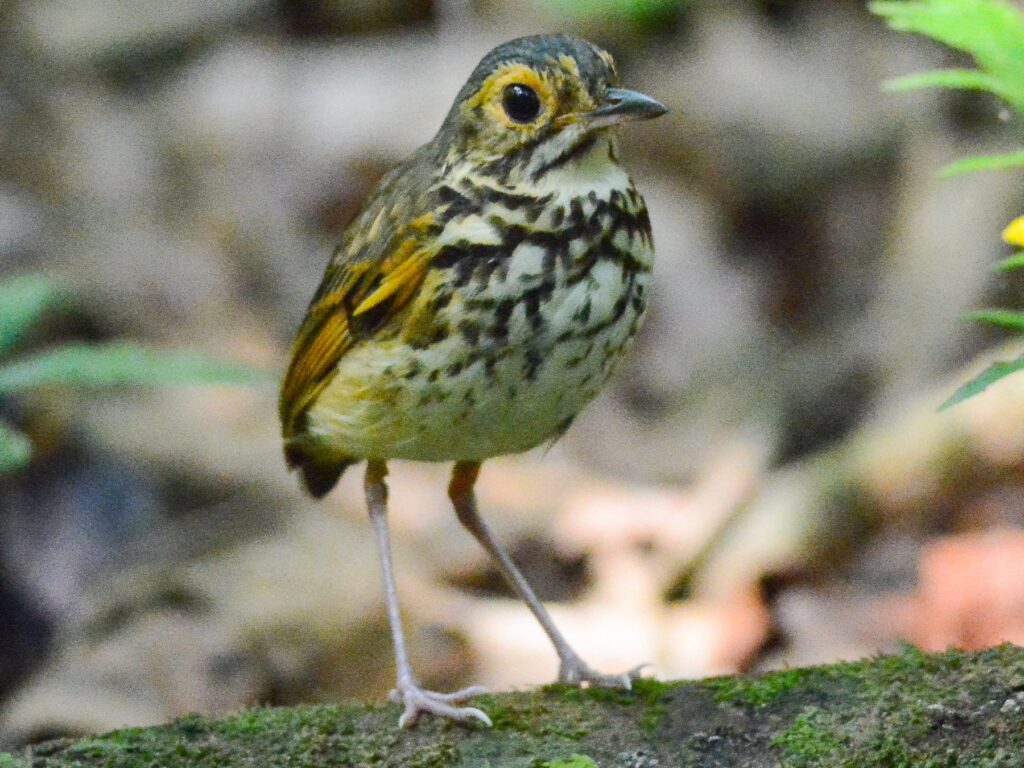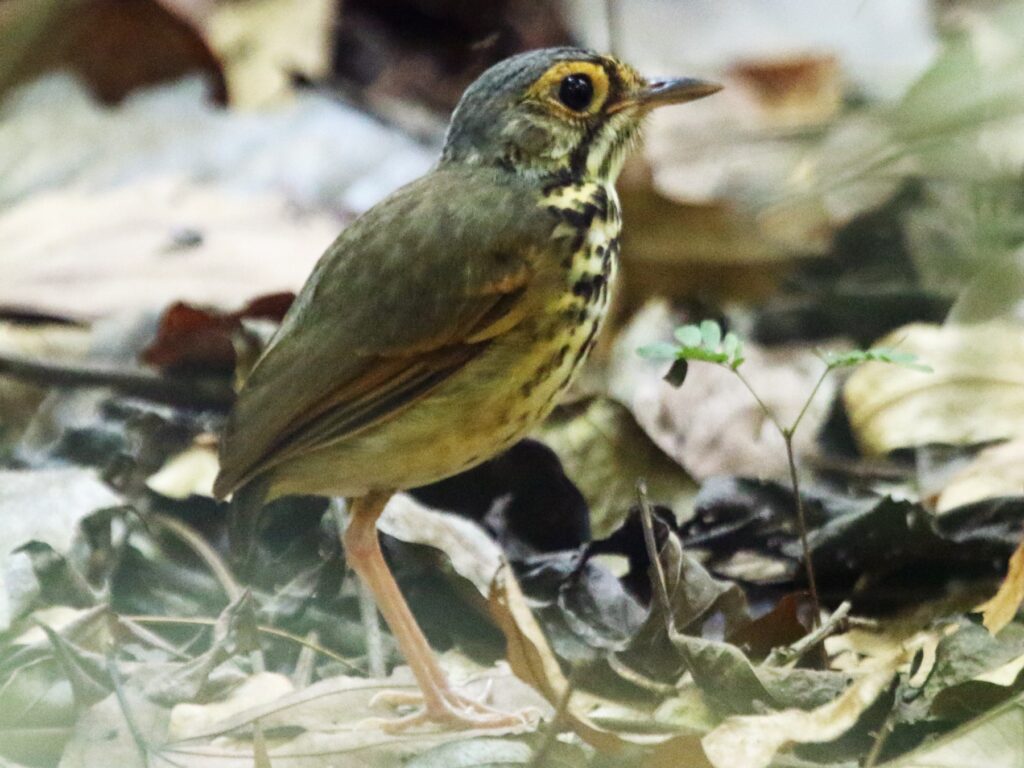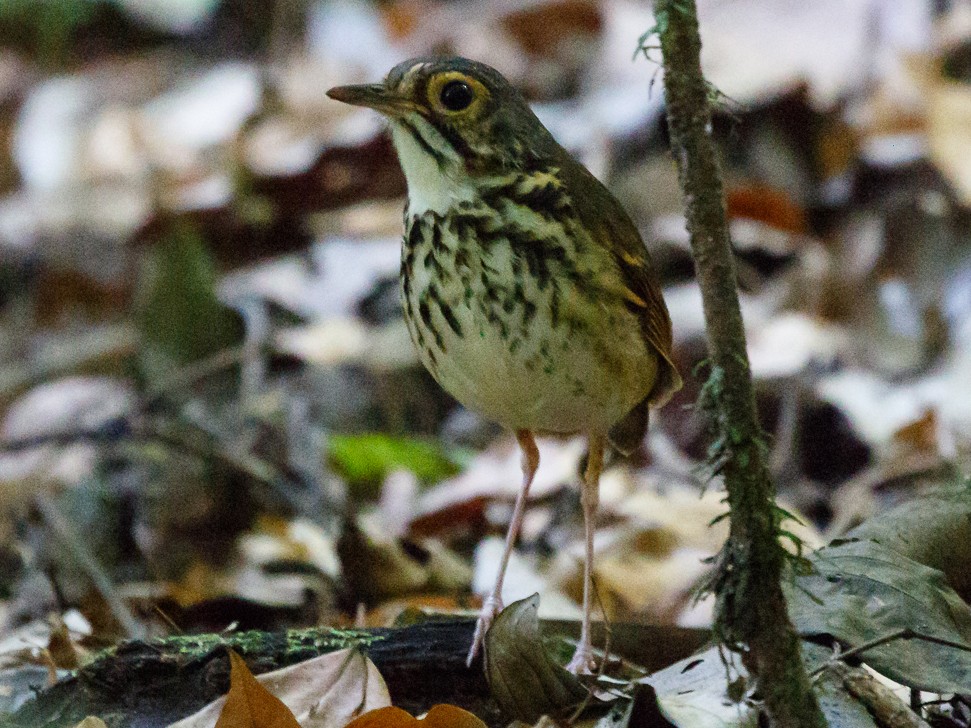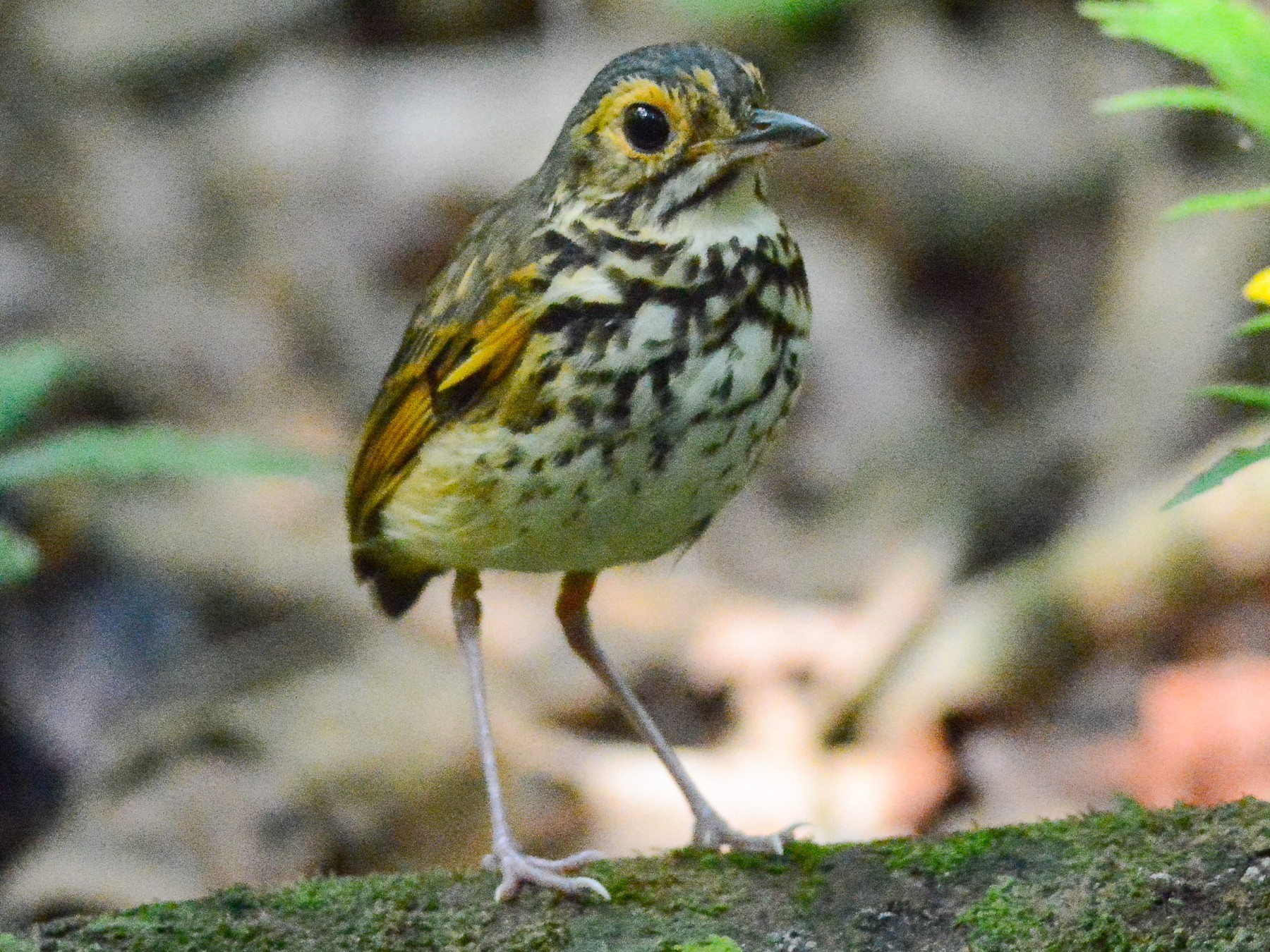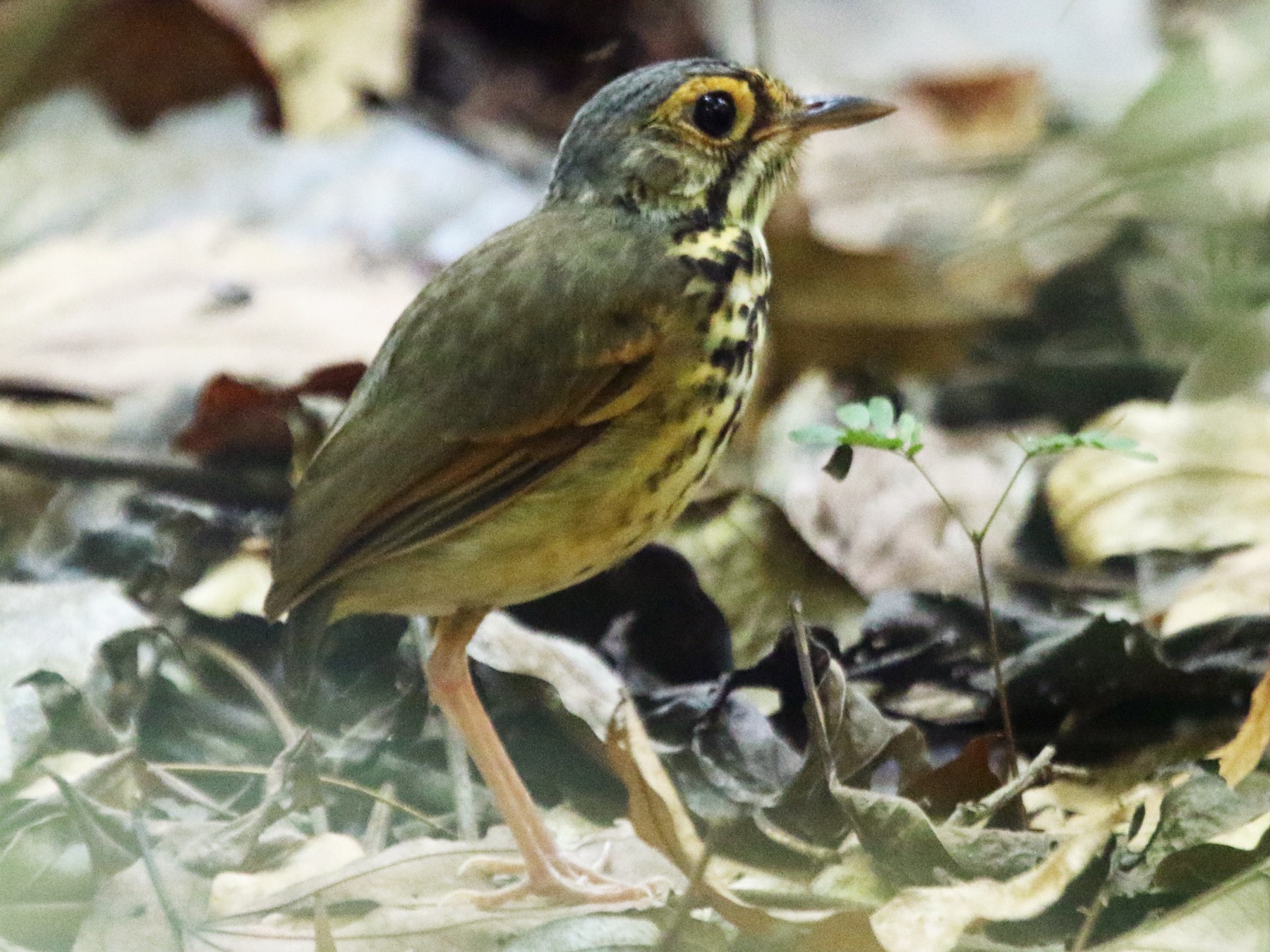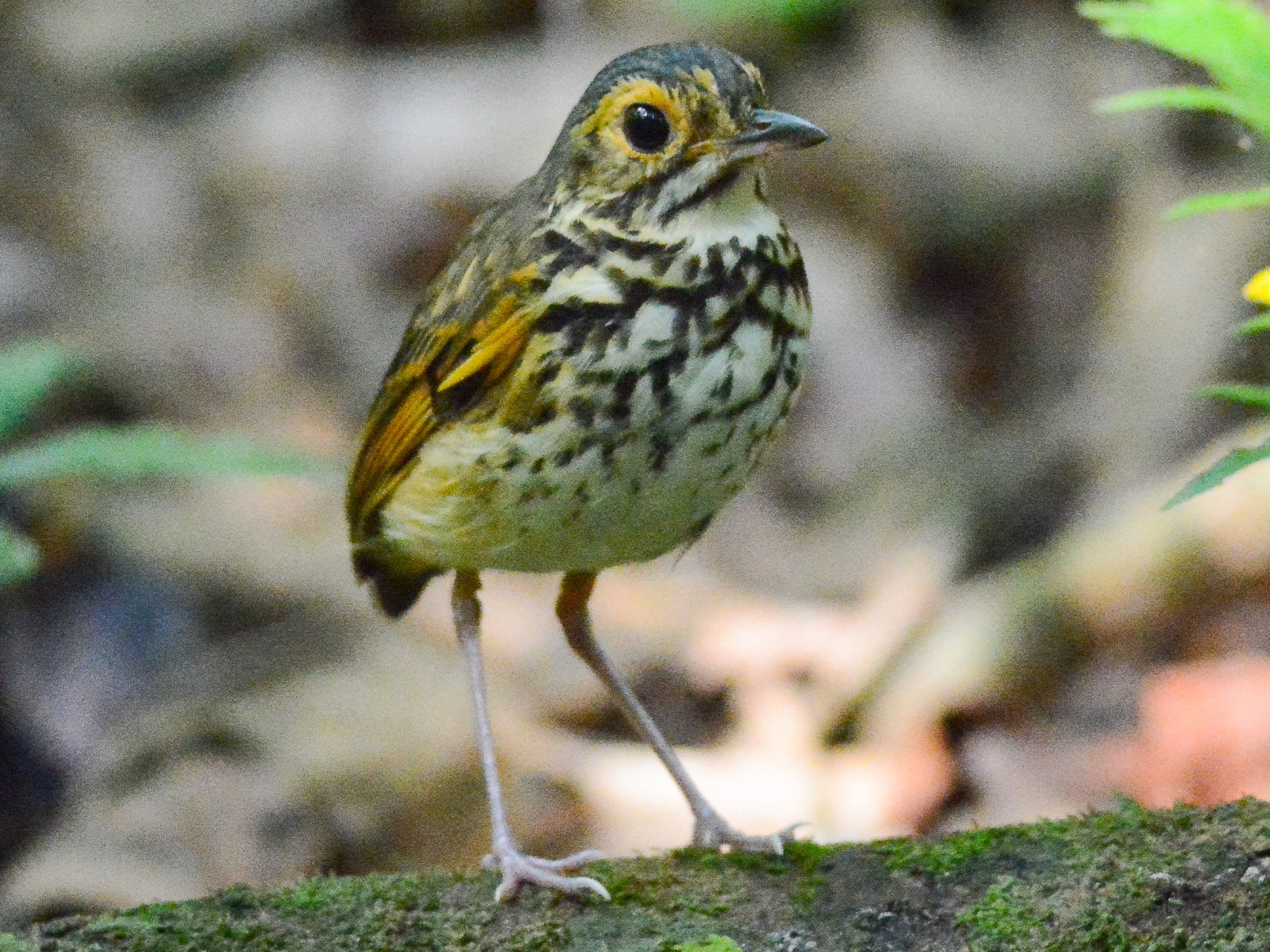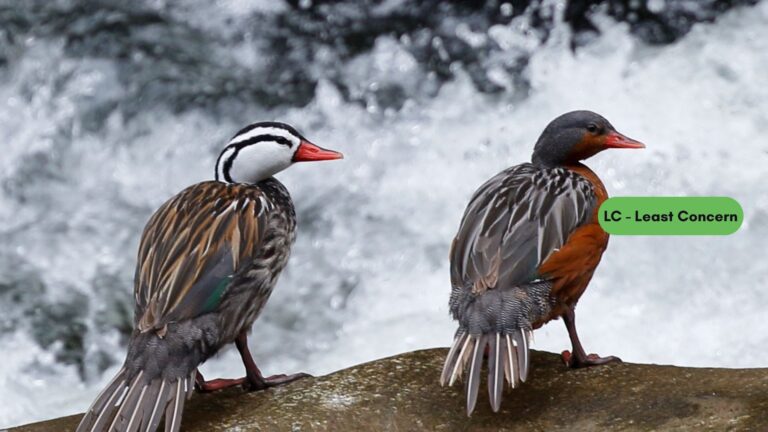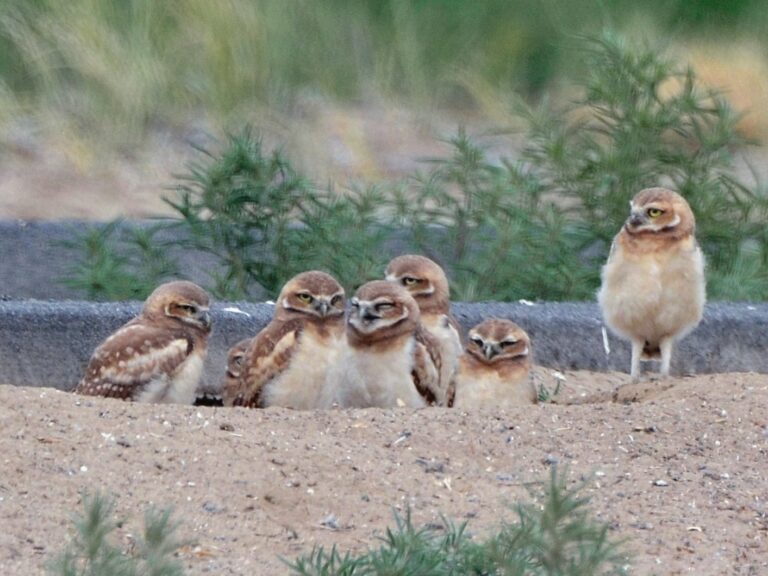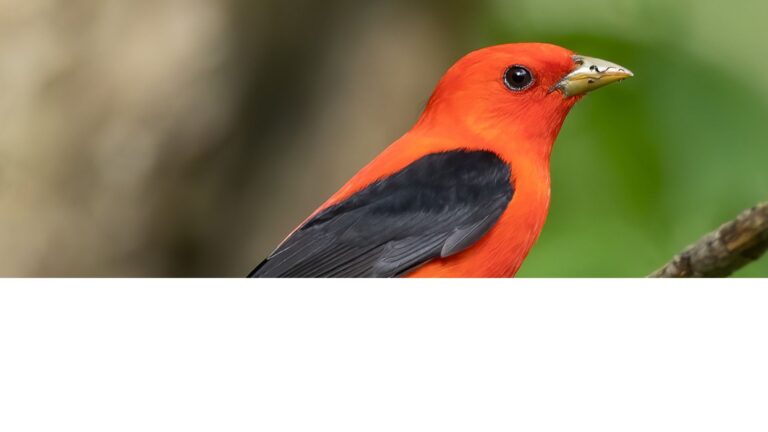Snethlage’s Antpitta: Unveiling the Secrets of a Rare Avian Gem
Snethlage’s Antpitta fascinates birdwatchers and researchers alike. This species, endemic to the Amazon Basin, plays a vital role in its ecosystem and showcases unique behaviors that make it a significant subject of study.
With its distinct characteristics and ecological importance, learning about Snethlage’s Antpitta can really deepen your appreciation for avian diversity. But don’t expect to spot it easily—it prefers dense forest habitats and tends to stay hidden.
When you do find one, its presence usually signals a healthy environment, since it only thrives in specific conditions that support lots of wildlife. Habitat loss threatens this species, so conservation efforts matter quite a bit.
Key Takeaways
- Snethlage’s Antpitta helps keep its habitat’s ecological balance in check.
- Conservation is key for its survival as forests disappear.
- Learning about its behavior gives you a new angle on bird diversity in the Amazon.
Sign Up for Our Monthly Newsletter
Every month we send out our newsletter about interesting (and sometimes quirky) things happening in the world of birding. Give it a try!
Taxonomy and Classification
Scientists call Snethlage’s Antpitta Hylopezus paraensis. It sits within the family Grallariidae, a group packed with quirky antpittas.
The genus Hylopezus includes several of these birds. You’ll find Snethlage’s Antpitta sharing family ties with the Spotted Antpitta (Hylopezus macularius) and Zimmer’s Antpitta (Hylopezus whittakeri). Antpittas spend most of their time on the ground. You’ll usually find them in thick forest habitats, poking around the understory.
The family Grallariidae falls under Passeriformes, the largest bird order. It’s interesting how they show similarities with the Rhinocryptidae family, especially the genus Scytalopus—they’ve got similar tricks for surviving on the forest floor.
Related Species
Within Hylopezus, Snethlage’s Antpitta hangs out on the family tree with birds like the Variegated Antpitta and Alta Floresta Antpitta. These relatives share the same South American forests and often the same challenges.
Spotted Antpitta is another close cousin, sharing range and some habits. Looking at these relationships gives ornithologists a window into how antpittas evolved and what roles they play in tropical ecosystems. If you want to dive deeper into antpittas and their kin, check out Antpittas and Gnateaters.
Nomenclature and Etymology
The scientific name Hylopezus paraensis ties the species to the Pará region of Brazil. “Hylopezus” comes from Greek—“hylos” for forest and “pezos” for foot, which fits a ground-loving forest bird.
“Paraensis” simply points to its Brazilian home turf. These names aren’t just labels; they help conservationists highlight unique species in threatened habitats and, honestly, they add a little poetry to birdwatching.
Physical Description and Identification
Snethlage’s Antpitta stands out with a mix of features that make it surprisingly easy to recognize if you get a good look. Let’s break down what sets it apart from its relatives.
Distinguishing Features
This bird is medium-sized, usually measuring 20 to 25 centimeters long. Its plumage is a deep brown, with lighter underparts that catch the light in a certain way.
Look for a pale eye ring and a dark crown on its head—those facial markings are pretty distinctive. Females tend to look a bit paler, but honestly, the difference isn’t always obvious unless you see them side by side.
Its legs are long and sturdy, perfect for navigating thick underbrush. That body shape helps it stand out from other antpittas, like the Spotted Antpitta.
Voice and Behavior
Snethlage’s Antpitta sings a soft, lilting song that floats through the forest. If you’re patient, you might hear its series of melodious notes before you spot the bird itself.
It spends most of its time on the forest floor, searching for insects and other tiny critters. The bird is shy, almost secretive, and likes to stay tucked away in dense vegetation. If you’re hoping to see one, you’ll need a bit of luck and a lot of patience.
Comparison with Similar Birds
When you compare Snethlage’s Antpitta to its close relatives, a few things jump out. The Spotted Antpitta has more obvious chest spots and darker feathers on its back, making it look quite different.
Zimmer’s Antpitta lives in similar places but usually has lighter coloring overall. Their calls are different too—Snethlage’s voice is more musical, while Zimmer’s sounds a bit harsher. These differences make it a little easier for birders to figure out who’s who in the field.
Distribution and Habitat
Snethlage’s Antpitta sticks to certain corners of Brazil, mostly within the Amazon rainforest. Where it lives and what it needs from its habitat really shape its chances of survival.
Geographical Range
This bird is only found in the eastern part of Brazil, mainly in the Amazon Basin. Its range covers the states of Pará and Amazonas, especially near towns like Belém and Itaituba. It prefers the dense undergrowth of lowland tropical forests. Most sightings happen in humid areas, so the Amazon is absolutely vital for this species.
Preferred Ecosystems
Snethlage’s Antpitta loves lowland humid forests with thick understory. It thrives where the air is damp and plant life is diverse. These forests offer plenty of insects and seeds. The bird usually sticks to spots with little human disturbance, which helps it breed and forage without too much hassle. Its need for specific forest types really highlights why conservation in these areas matters so much.
Key Locations and Protected Areas
You’ll find Snethlage’s Antpitta in protected spots like Amazonia National Park and Carajás National Forest. These places keep the bird safe from habitat destruction and provide the food and shelter it needs.
Preserving these forests is crucial if we want to keep the Amazon’s biodiversity alive. Deforestation and environmental damage remain constant threats, so ongoing protection is non-negotiable.
Ecology and Behavior
Snethlage’s Antpitta does a few things its own way. If you watch closely, its feeding, breeding, and daily routines reveal just how well it fits into its environment.
Feeding Habits
This bird hunts on the forest floor, using its strong bill to dig out insects and other small invertebrates from the leaf litter. It prefers foraging in thick underbrush, which keeps it hidden from predators.
Besides bugs, it’ll eat some small fruits and seeds to round out its diet. Sometimes it ends up competing with other antbirds and woodcreepers—like the long-billed woodcreeper—for food, especially when there’s a crowd.
Breeding and Reproduction
Breeding season usually lines up with the wet months, when food is easy to find. Snethlage’s Antpitta builds its nest right on the ground, hidden in shady spots under dense plants.
The nest is made from leaves and plant bits. Females lay two or three eggs, and both parents take turns feeding the chicks. Males help out a lot, which boosts the odds that the young will make it.
Their breeding style is pretty similar to birds like the black-bellied gnateater and amazonian antshrike.
Daily Activity Patterns
These birds get moving during the day, especially in the early morning and late afternoon. When it gets hot, they retreat into the shade to stay cool.
Snethlage’s Antpitta is known for its secretive habits. It’ll sit still for ages, making it tough to spot. If you startle one, it vanishes into the brush in a flash.
Watching them takes patience, but if you’re lucky, it’s worth the effort. Unlike some relatives, like the ornate stipplethroat, Snethlage’s Antpitta sticks to low, forested habitats and doesn’t wander much.
Potential Threats
Snethlage’s Antpitta faces a handful of serious threats. Habitat loss from deforestation tops the list for this species. Iron ore mining in the Amazon has chewed up large swaths of forest. These mining sites tear apart the fragile ecosystems where the Antpitta lives.
Agricultural expansion is another big problem. When forests turn into farmland, the birds lose breeding and feeding areas. Climate change just piles on, shifting rainfall patterns and temperatures in unpredictable ways. The forest doesn’t respond well to all this change. Logging and road building bring even more fragmentation. Human activity keeps chipping away at what little habitat is left.
Conservation Initiatives
People are trying to help Snethlage’s Antpitta by protecting and restoring its habitat. Some organizations work to set up protected areas, keeping mining and farms at bay. They focus on creating safe corridors so wildlife can actually move around. It’s not just about fences—it’s about space to roam.
Getting local communities involved matters a lot. Teaching folks about the bird’s importance encourages more sustainable choices. NGOs and local governments team up for these projects, though it’s always a work in progress. Progress feels slow, but it’s happening.
Researchers spend time gathering data on the Antpitta’s population and what it likes in a habitat. That info helps shape better conservation plans.
Snethlage’s Antpitta in the Bird Community
Snethlage’s Antpitta brings something special to its patch of forest. It’s a favorite among birdwatchers, who often spot it alongside other cool species.
Interactions with Other Species
This antpitta shares its home with a whole cast of birds. It crosses paths with the black-chested tyrant and yellow-throated woodpecker, adding to the neighborhood’s diversity. Sometimes, they compete for food or space, and sometimes they just coexist. The antpitta’s way of hunting bugs on the ground even helps out other insect-eating birds like the amazonian pygmy owl and harlequin antbird.
Its presence means the forest is in decent shape, at least in patches. Nesting and foraging stir up the leaf litter, which helps cycle nutrients and shape the habitat. It also interacts with birds like the purple-breasted cotinga and blue-cheeked jacamar. The whole scene feels like a tangled web of dependencies.
Significance for Birding
Birders get a thrill from finding Snethlage’s Antpitta. It’s shy and its calls are tricky to track, so spotting one feels like a real win.People often see it near show-stoppers like the golden parakeet or scarlet ibis. Sometimes, chasing this antpitta leads to close encounters with other colorful species too.Local guides usually make a big deal out of this bird on tours. It’s kind of a symbol for the area’s wild side.
Since it loves thick understory, searching for it might also reveal birds like festive parrots or the guianan puffbird. The hunt can be half the fun, honestly.
Notable Avian Co-inhabitants
Snethlage’s Antpitta isn’t alone in the Amazon’s green maze. The variegated tinamou pokes around the forest floor, while the russet-crowned crake and little wood-rail stick to the wetlands.Other standouts include eye-catching birds like the white-crested guan and vulturine parrot. All of them add color and character to the forest, making it a dream spot for birders.
Frequently Asked Questions
Let’s tackle a few common questions about Snethlage’s Antpitta—traits, habitat, diet, adaptations, conservation, and even breeding quirks. Knowing these details can make this quirky bird even more interesting.
What distinguishes Snethlage’s Antpitta from other antpitta species?
Snethlage’s Antpitta (Hylopezus paraensis) stands out for its unique colors and calls. Its brown and rufous feathers let it vanish into the forest floor. The sound it makes is also pretty distinctive—experienced birders can pick it out from other antpittas. That’s no easy feat in a forest full of voices.
Where can Snethlage’s Antpitta be typically observed in the wild?
You’ll mostly find Snethlage’s Antpitta in the Amazon Basin’s humid forests, especially in Brazil. It sticks to spots that flood seasonally, so those wetlands are vital for its survival.
Birders usually look for it in lowland rainforests and along riverbanks, where the conditions just feel right for this species.
What are the primary dietary habits of Snethlage’s Antpitta?
It’s all about insects and small invertebrates for this antpitta. You’ll see it poking through the leaf litter, hunting for anything that moves. This ground-level diet works well in its habitat, since there’s plenty of prey scurrying around down there.
How does Snethlage’s Antpitta adapt to its environment?
Camouflage is its superpower. Those earthy feathers help it disappear against the forest floor. It stays low and moves quietly, making it tough for predators to spot. Its foraging style keeps it safe while it searches for food.
What are the conservation status and efforts for Snethlage’s Antpitta?
Right now, Snethlage’s Antpitta deals with shrinking habitat from deforestation and development in the Amazon. Conservation groups are fighting to protect its home and raise awareness about why this bird matters.
Saving its habitat is really the key here—without that, the future looks shaky for the species.
What are the behavioral characteristics of Snethlage’s Antpitta during the breeding season?
During the breeding season, Snethlage’s Antpitta gets a bit showy with its vocalizations and displays to attract a mate. The male calls out, staking his claim on a patch of forest and hoping a female will take notice.
They build their nests deep in thick vegetation. That way, their eggs and chicks get some much-needed protection.

